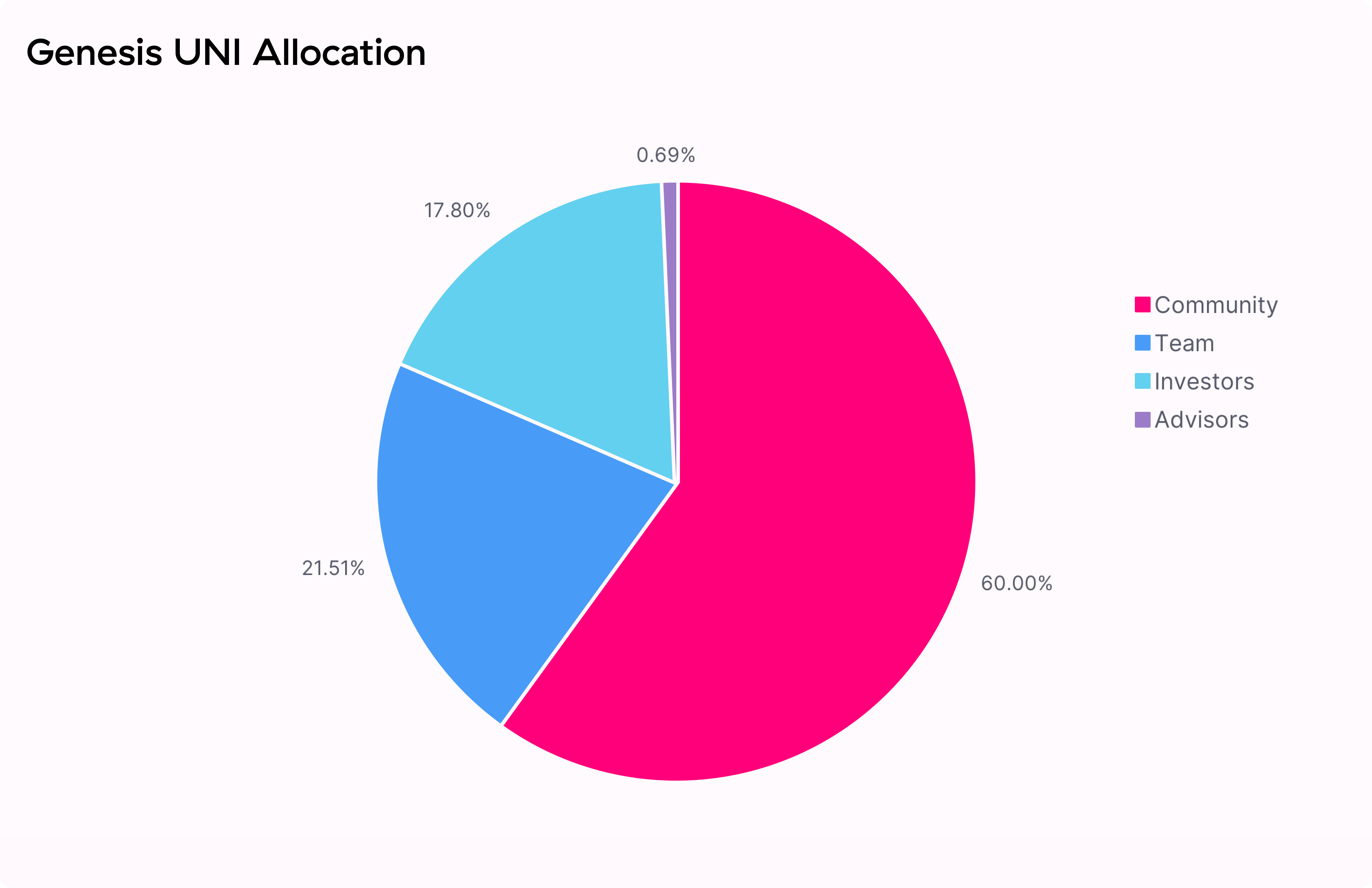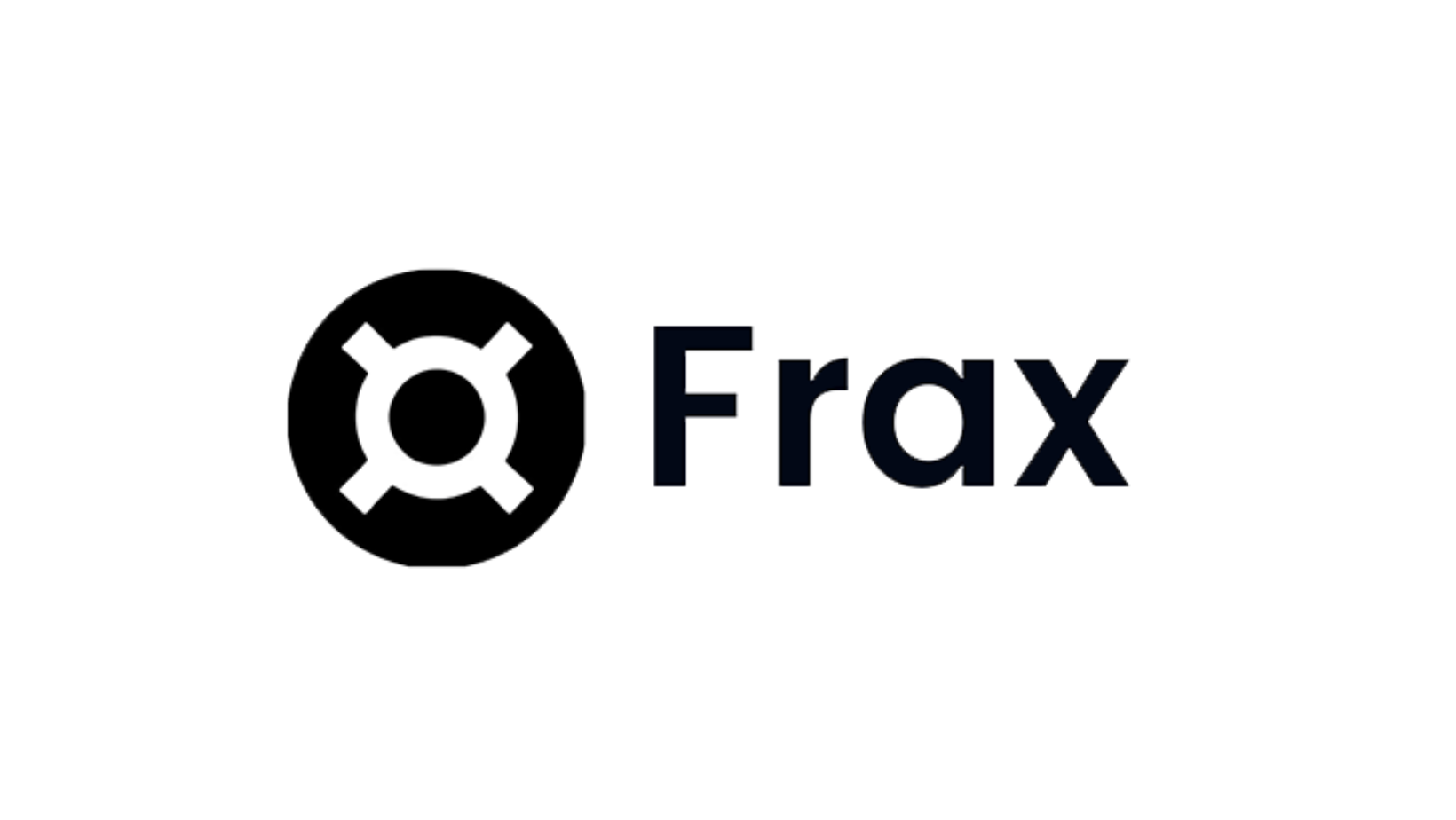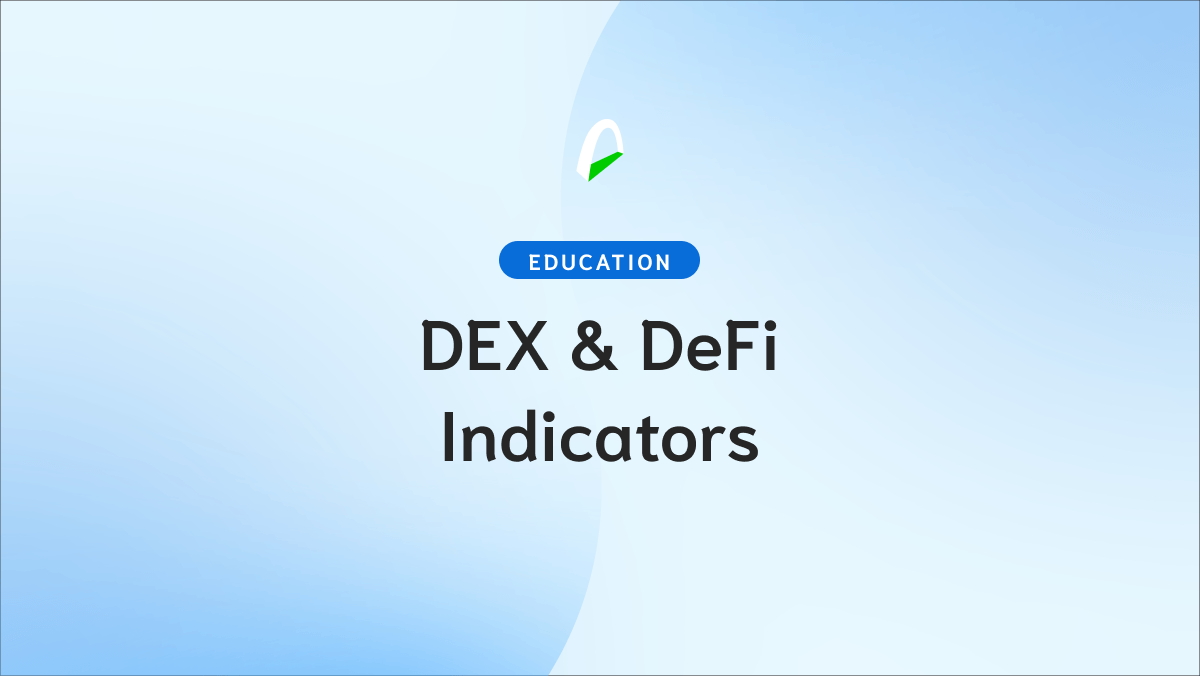Uniswap was created in November 2018 by Hayden Adams, who was inspired to take on the project after Vitalik Buterin (Ethereum co-founder) first described the underlying technology in a forum. Two months after its launch, Uniswap had already achieved significant trading volume.
Uniswap is a simple concept that seeks to provide automated on-chain liquidity for cryptocurrency traders allowing users to exchange assets in a decentralized way within a certain blockchain technology
Uniswap has contributed to the DeFi boom that has taken the crypto market by storm as one of the main decentralized exchange protocols (DEX).
What's Uniswap
Uniswap is a decentralized exchange protocol for ERC-20 tokens from the Ethereum blockchain.
Users can contribute liquidity to the protocol through the use of smart contracts.
Unlike centralized exchanges (CEX) that use their order books to create a market in which cryptos can be traded along with supply and demand, Uniswap and decentralized exchanges (DEX) use an automated market maker system AMM (Automated Market Maker) executable thanks to smart contracts.
This AMM system makes exchange possible to any user regardless of location and without the intervention of an intermediary.
The protocol is not upgradeable, so a new version must be created every time developers want to implement new features; this is why Uniswap has released three versions.
In Uniswap V1, the protocol allowed users to create liquidity pools with ETH derivative pairs such as ETH/USDT, ETH/UNI, and ETH/USDC.
The second version, Uniswap V2, brought the possibility of creating cryptocurrency pairs independent of ETH, such as UNI/USDT, BAT/USDC, and UNI/BAT. Users could also produce their liquidity pools and select different token pairs.
Its latest version, Uniswap V3, brings the innovation of concentrated liquidity that optimizes liquidity provided by users within a selected price range.

How Uniswap works
Uniswap V3 runs under layer 1 of Ethereum and is compatible with other blockchains such as Optimist and Polygon.
Users can get better returns on their liquidity by concentrating it in specific price ranges. They can also select the different levels of fees they want to receive for the use of their liquidity in the protocol.
Users can choose between three different rate levels; 0.05%, 0.3%, and 1%, depending on whether they consider that they should be exposed to more or less volatile pairs, therefore, take greater or lesser risks.
The protocol imposes a certain fee automatically and reasonably. For more stable pairs, the best option will be to choose a lower fee to ensure that traders use the liquidity, and for more volatile pairs, it's recommended to use higher fees.

Concentrated liquidity pools
In version 2 of Uniswap, and all DeFi protocols, the liquidity that users contributed to the pools was used in a price range from 0 to infinity, so the number of rewards obtained was measured according to the level of participation in the pool.
Due to this, users assume more significant risks by blocking their capital for a long time, assuming more significant impermanent losses despite the rewards obtained.
In Uniswap V3, users can concentrate on the liquidity they contribute in specific personalized price ranges. This way, the capital will generate returns according to the contribution in these price ranges.
The involvement and rewards will be more significant by having more substantial participation in specific ranges.
The yields obtained will be multiplied the more concentrated the liquidity is. Suppose the asset price leaves the established range. In that case, users will stop receiving returns, and the liquidity will be inactive until the investment price returns to the established range or users modify its fees.
In V2, users had to contribute more capital if they wanted more participation and better returns. In V3, they only have to apply narrower price ranges to generate better returns with less available capital.
The UNi tokenomics
In 2020, Uniswap launched UNI, a network governance token that enables community ownership over the protocol, allowing users to vote on fundamental protocol changes and development initiatives.
Uni is one of the constituents of the Arch Ethereum Web3 token. Learn more here:
1 billion UNI have been minted at the genesis and will become accessible over 4 years. The initial four-year allocation is as follows:
- 60.00% to Uniswap community members 600,000,000 UNI
- 21.266% to team members and future employees with 4-year vesting of 212,660,000 UNI
- 18.044% to investors with 4-year vesting 180,440,000 UNI
- 0.69% to advisors with 4-year vesting 6,900,000 UNI

A perpetual inflation rate of 2% per year will start after 4 years, ensuring continued participation and contribution to Uniswap at the expense of passive UNI holders.
With 15% of tokens already available to be claimed by historical users and liquidity providers, the governance treasury will retain 43% of UNI supply to distribute on an ongoing basis through contributor grants, community initiatives, liquidity mining, and other programs.
UNI will vest to the governance treasury continuously.
UNI holders have immediate ownership of:
- Uniswap governance
- UNI community treasury
- The protocol fee switch
- uniswap.eth ENS name
- Uniswap Default List (tokens.uniswap.eth)
- SOCKS liquidity tokens
Without a doubt, we are in a time of change and innovation. The doors that the DeFi world opens are limitless.
In the coming years, we will see how blockchain connects the financial world as the internet connects us socially.
Continue reading:









